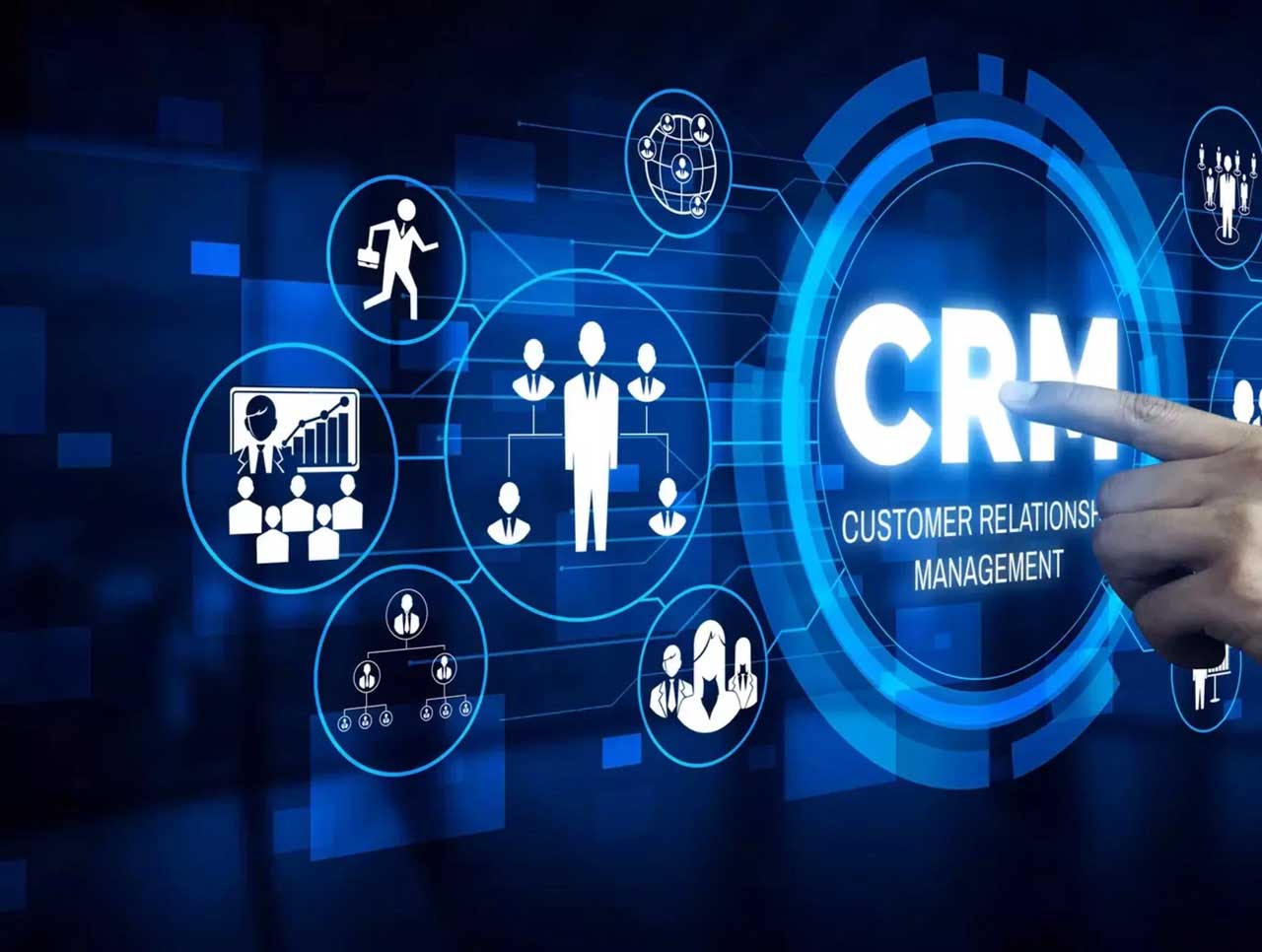Ever thought of having a superpower that lets you know your customers’ wants and needs before they even say a word? Well, here is good news for you – it’s not a superpower; it’s a CRM system!
Customer Relationship Management (CRM) isn’t just a tool; it’s the key to unlocking your business’s full potential. Imagine the power to keep customer data up to date, track every interaction, and manage accounts seamlessly.
With a CRM system, you can harness this power, improve customer relationships, and skyrocket your Customer Lifetime Value (CLV). In the digital age, where businesses generate a staggering amount of data every day, the need for CRM systems has never been more critical.
Traditionally, valuable customer insights are scattered across handwritten notes, laptops, or individuals’ memories, creating a breeding ground for errors, missed opportunities, and the risk of vital knowledge walking out the door with departing employees.
But fear not, because CRM is here to save the day! It takes that scattered data and transforms it for you into actionable insights, empowering your business to thrive. With a cloud-based CRM system, your team can update records and access the latest information from anywhere, using any connected device.
With CRM in place, every piece of customer information, every interaction, every preference, and every past contact detail becomes instantly accessible. This means that every new interaction with your customers can be personalized, relevant, and up-to-date.
Furthermore, CRM systems help you record and organize every aspect of your customer relationships, from phone calls to email exchanges, meetings, and presentations. Missed opportunities and neglected follow-ups become relics of the past.
Are you Curious about the inner workings of a CRM system? Continue reading to uncover the details.
CRM system, how it works
- Contact Management
- Lead Management
- Sales Forecasting
- Instant Messaging Between Employees
- Email Tracking and Integration with Outlook and Gmail
- File and Content Sharing
- Dashboard-Based Analytics
- Marketing Automation
- Customer Service Systems
Recap
>>> MORE: How To Choose Lead Management Software
1. Contact Management
To know how a CRM system functions, begin with contact management. Imagine having all your customer information at your fingertips, from their contact details to every conversation you’ve had with them. With a CRM system, you can easily access and update this data. This means you’re always armed with the latest information, making it easier to provide top-notch customer service.
2. Lead Management
To understand the functionality of a CRM system, delve into how it supports the process of converting potential customers into dedicated clients. It helps you track all the activities, tasks, and targets related to each lead, from the first interaction right through to the final conversion. This way, you can ensure that no lead falls through the cracks.
3. Sales Forecasting
To fathom how a CRM system operates, it’s essential to recognize that sales forecasting significantly impacts the effectiveness of sales professionals. CRM systems offer forecasting reports that provide you with a clear view of your sales pipeline. This helps you better assess leads and gauge how close you are to reaching your targets. If you’re a sales manager, these reports are invaluable for motivating and guiding your team.
4. Instant Messaging Between Employees
To comprehend the operation of CRM systems, it’s crucial to acknowledge that they simplify the crucial aspect of efficient communication. With real-time instant messaging, you can quickly contact your colleagues, whether you need to answer a question during a live sales opportunity or provide support for a service interaction. Managers can also keep an eye on their field staff, and employees can seek immediate feedback or assistance when necessary.
>>> PRO TIPS: Square Inventory Management Software Review
5. Email Tracking and Integration with Outlook and Gmail
To gain insight into how a CRM system functions, you no longer need to navigate between multiple systems. CRM systems seamlessly integrate with email clients like Outlook and Gmail. This means you can access all your emails, calendars, and contacts across all your devices. You can even create and manage emails within the CRM system, making your workflow much smoother.
6. File and Content Sharing
To decipher the workings of a CRM system, explore file and content Sharing. Collaboration is made simple with CRM systems. Team members can upload files and share them instantly with each other. This feature ensures everyone has access to the latest documents, fostering better teamwork and knowledge sharing.
7. Dashboard-Based Analytics
To grasp how a CRM system operates, picture having your most important data and insights displayed in one easy-to-read dashboard. CRM systems provide just that, with customizable dashboards. You can tailor these displays to show the data that’s most relevant to you. This means you can quickly access the metrics and information you need for informed decision-making.
8. Marketing Automation
To gain insight into the operation of a CRM system, envision the integration of marketing automation that empowers your marketing tactics. You can nurture leads with personalized email campaigns, segment your customer database for targeted messaging, assign lead scores to prioritize prospects, and track campaign performance.
By automating marketing tasks, you ensure that the right message reaches the right audience at the right time. This not only increases the efficiency of your marketing efforts but also enhances the customer experience through tailored content and interactions.
>>> GET SMARTER: How to Choose CRM Software
9. Customer Service Systems
To understand how a CRM system functions, it’s important to note that it provides valuable tools to achieve exceptional customer service, which is the cornerstone of any thriving business.
Case management features enable customer service teams to log, track, and efficiently resolve customer issues, ensuring a consistent and informed response. Self-service portals empower customers to find answers and troubleshoot problems on their own, reducing the load on support teams.
Multi-channel support allows you to manage interactions across various communication platforms, making it easy for customers to reach out on their preferred channels. A knowledge base aids customer service representatives in providing quick and accurate solutions, and service analytics provide insights to continually improve the customer service experience. With these capabilities, CRM systems elevate your customer support game, leading to satisfied and loyal customers.
Recap
In the dynamic world of business, a CRM system acts as a superpower, unlocking the ability to anticipate your customers’ desires and needs before they even voice them. Customer Relationship Management (CRM) is not just a tool; it’s the guiding force behind effective customer data management, interaction tracking, and seamless account administration. With businesses generating vast volumes of data daily, the importance of CRM systems has never been more evident.
Traditionally, valuable customer insights were scattered across handwritten notes, laptops, and human memories, leading to errors, missed opportunities, and the risk of knowledge loss when employees left. CRM comes to the rescue by consolidating this scattered data and transforming it into actionable insights. Cloud-based CRM systems empower your team to maintain updated records and access information from anywhere, on any device.
Once you implement CRM, every aspect of customer information, interactions, preferences, and historical details becomes instantly accessible, allowing for personalized, relevant, and up-to-date customer interactions. Moreover, CRM systems facilitate the recording and organization of customer relationships, eliminating missed opportunities and neglected follow-ups.
From contact management to marketing automation and customer service systems, CRM systems provide the backbone for efficient, customer-centric operations. These tools, when harnessed effectively, drive improved customer relationships, increased operational efficiency, and sustained business growth in the digital age.













